
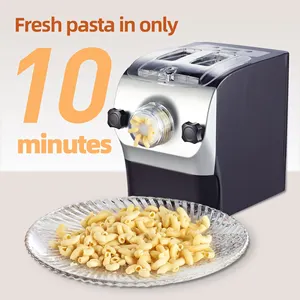
Hot Sales Electric Automatic Fresh Mini Small Home Noodle Maker Pasta Dumpling Skin Making Machine Pasta


Pasta Making Machine In Pakistan Fully Automatic Industrial Pasta Making Machine Multifunction Pasta Maker Machine









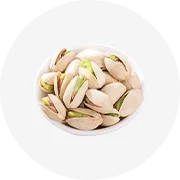


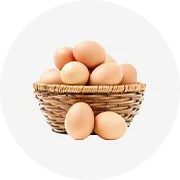

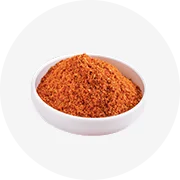
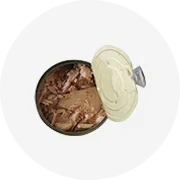
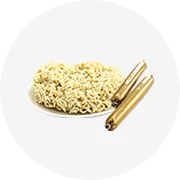

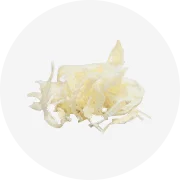


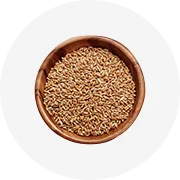


Pasta is certainly a staple food, being present in everything from quick meal preps to large banquets. The dish naturally goes well with many other ingredients, soaking up flavor and bringing the most out of sauces and condiments. Furthermore, pasta is versatile in many other ways, coming in specific shapes to be used as the base for a large variety of dishes. The Conchiglie pasta variety, also known as jumbo pasta shells, is a testament to that, having a hollow, shell-like structure that is great for holding fillings and going in the oven without making a mess. For this reason, this type of pasta has been adopted by several different cuisines from all around the world.
The basic ingredients for jumbo macaroni shells are wheat flour and water. That’s it. In regular baked goods, gluten is important to make the dough stretchy and helps to expand it by trapping gasses. That being said, there are also gluten-free jumbo shells for those who suffer from celiac disease or need to cut this ingredient from their diet. The gluten-free alternatives substitute it with a fine starch, which retains more water and produces looser shells. However, manufacturers try to account for this by adding more leavening substances, such as baking powder, helping to increase the volume.
Just as there are gluten-free alternatives, whole-wheat jumbo pasta shells can also be found. When the wheat grain is being refined for production, regular pasta strips the outer layer of fiber, called bran, and the innermost core, also known as the germ. This leaves the pasta only with the grain’s energy reserve tissue, the endosperm, resulting in a lighter color. Whole-grain pasta, on the other hand, keeps the fiber-rich layer and the germ. This makes it a preferable alternative for many health-conscious consumers, as the high fiber content provides a low glycemic index, combats indigestion and constipation, and helps to feed the gut microbiome. That being said, some consumers still prefer regular pasta for its “sponge-like” quality when it comes to absorbing flavors, in contrast to whole-wheat pasta, which tends to have a “grainier” taste.
If kept inside the box without being opened, most pastas last for up to 1 or 2 years, assuming they are also being stored in the right conditions. After being cooked, the jumbo shells will lose moisture over time, and the sauces and condiments might not have the same taste after a while. For this reason, it’s advisable to eat it all in the next few days after it has been prepared.